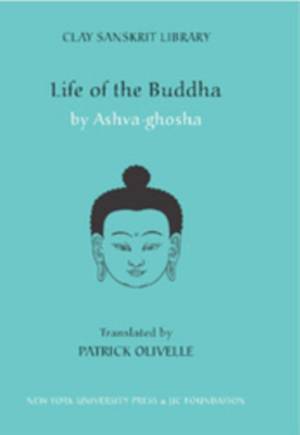
- Retrait gratuit dans votre magasin Club
- 7.000.000 titres dans notre catalogue
- Payer en toute sécurité
- Toujours un magasin près de chez vous
- Retrait gratuit dans votre magasin Club
- 7.000.0000 titres dans notre catalogue
- Payer en toute sécurité
- Toujours un magasin près de chez vous
Description
The Buddhist monk Ashva-ghosha composed Life of the Buddha in the first or second century CE probably in Ayódhya. This is the earliest surviving text of the Sanskrit literary genre called kavya and probably provided models for Kali-dasa's more famous works. The most poignant scenes on the path to his Awakening are when the young prince Siddhártha, the future Buddha, is confronted by the reality of sickness, old age, and death, while seduced by the charms of the women employed to keep him at home. A poet of the highest order, Ashva-ghosha's aim is not entertainment but instruction, presenting the Buddha's teaching as the culmination of the Brahmanical tradition. His wonderful descriptions of the bodies of courtesans are ultimately meant to show the transience of beauty.
Co-published by New York University Press and the JJC Foundation
For more on this title and other titles in the Clay Sanskrit series, please visit http: //www.claysanskritlibrary.org
Spécifications
Parties prenantes
- Auteur(s) :
- Traducteur(s):
- Editeur:
Contenu
- Nombre de pages :
- 558
- Langue:
- Anglais
- Collection :
- Tome:
- n° 10
Caractéristiques
- EAN:
- 9780814762165
- Date de parution :
- 01-05-08
- Format:
- Livre relié
- Format numérique:
- Genaaid
- Dimensions :
- 114 mm x 165 mm
- Poids :
- 408 g

Les avis
Nous publions uniquement les avis qui respectent les conditions requises. Consultez nos conditions pour les avis.






